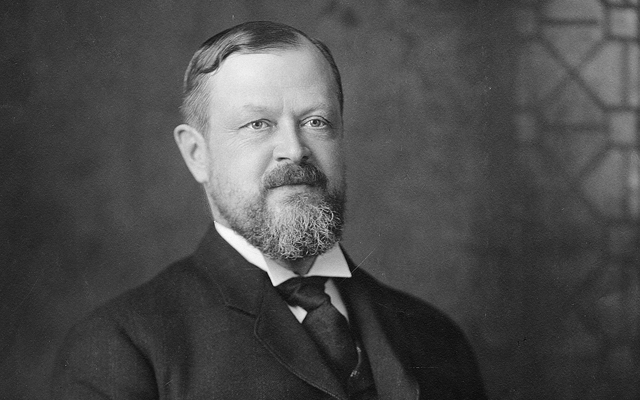Not that I disagree with you on this, but assuming these actually did happen, would it be a White Elephants or would it quickly become a "Well, I'm glad I did that, because I'd be so screwed if I hadn't" type of situation? The Grand Trunk Pacific IMO chickened out (for good reason, but nevertheless) of building a metropolis in the Prince Rupert-Terrace-Kitimat area, and if they'd had BC would look very different today I suspect, both because of that and the very high likelihood of it leading the Prince George becoming a bigger place and northern BC becoming much more than a collection of resource colonies.The Georgian Bay Ship Canal and the latter two trans-continentals are related phenomena (as was the Toronto Eastern Railway for that matter). The excessive optimism of the "Wheat Boom" period had many Canadians and foreigners alike accepting projections of Canada having 100 million people by 2000 at face value. Accordingly, government and investors were both more than willing to build for "anticipated needs" that seem completely absurd in retrospect. Borden and Meighen had to work miracles during WWI to resolve the transportation bubble.
Likewise, if we assume the Georgian Bay Ship Canal was indeed built, does this result in North Bay and Sudbury becoming major cities in their own right? Ontario's population is overwhelmingly concentrated in the GTA and places to the southwest of it - Hamilton, K-W, London-St. Thomas, Windsor, Sarnia - and this would very likely change that. It would also make the Mid-Canada Corridor of above much more likely to exist as well, as here the world of ocean-going ships is only a few hundred kilometres from Timmins, Val D'Or and the Royun-Noranda regions as opposed to a few thousand. You can make the legitimate argument that it could have been a "if you build it, they will come" type of scenario that makes the projects involved worthwhile.
For the Toronto Eastern, there really is no excuse for some of the decisions made there. The line from Bowmanville to Whitby was complete and ready to go, even if you don't spend the money to extend to Pickering, why would you not make the section that's already built and paid for work for you? Integrate it with the Oshawa Railway and suddenly Oshawa has a proper transit system in the 1920s, which surely rewrites much of the city's development patterns - and even when the freight business goes away, you have a rapid transit system ready to go, which likely allows the Whitby-Oshawa-Courtice-Bowmanville region to grow dramatically, likely becoming far more than another Toronto suburb (a characterization that a lot of Oshawa residents absolutely loathe IOTL).
